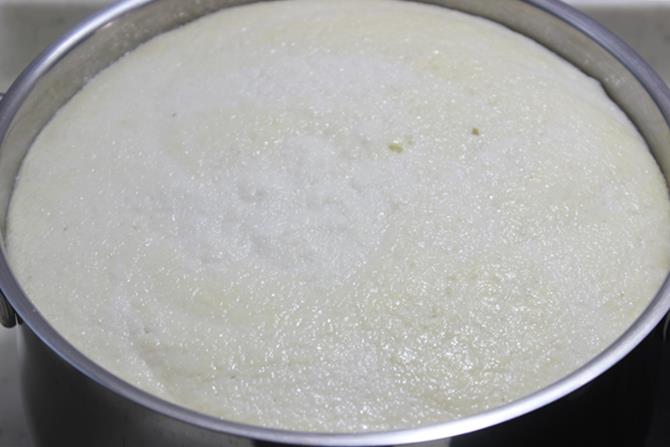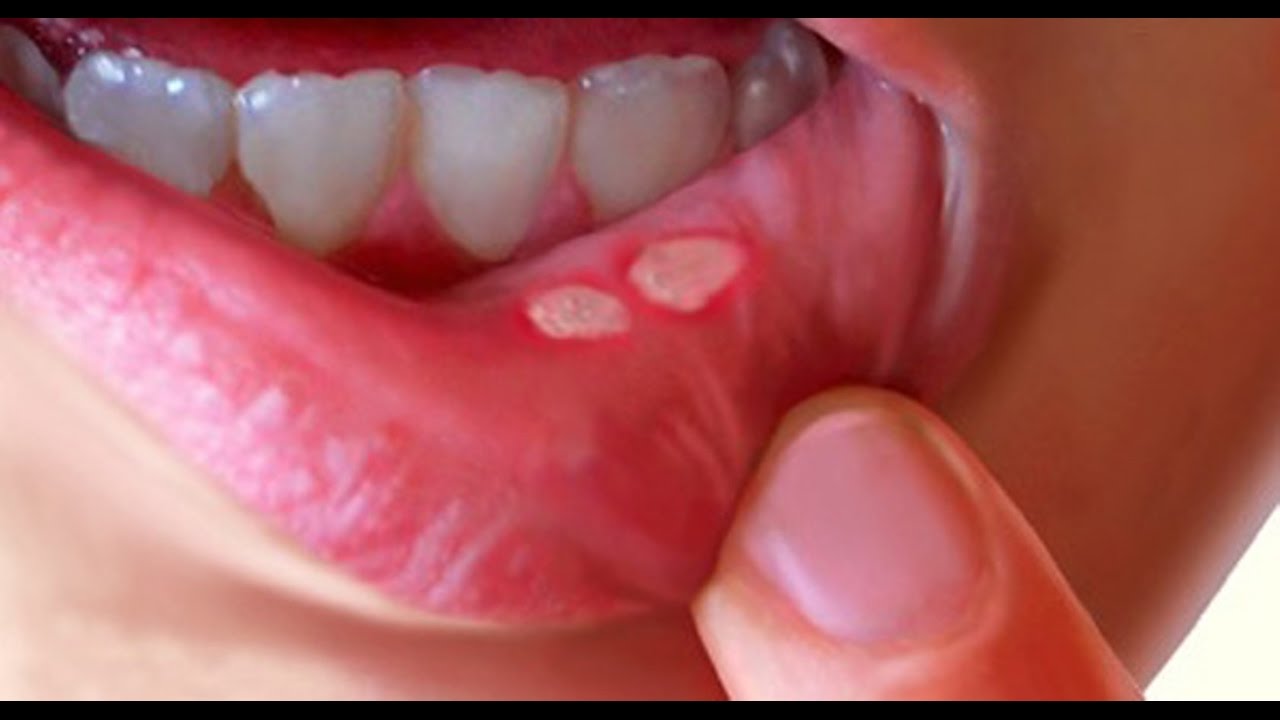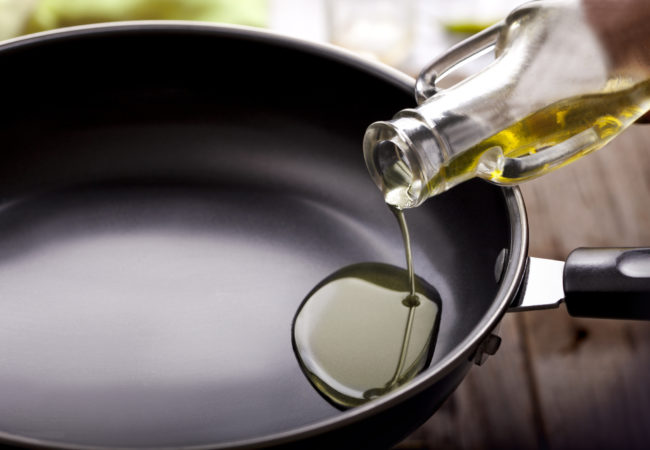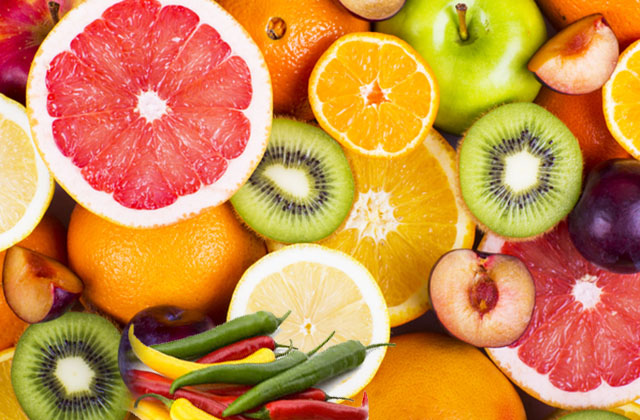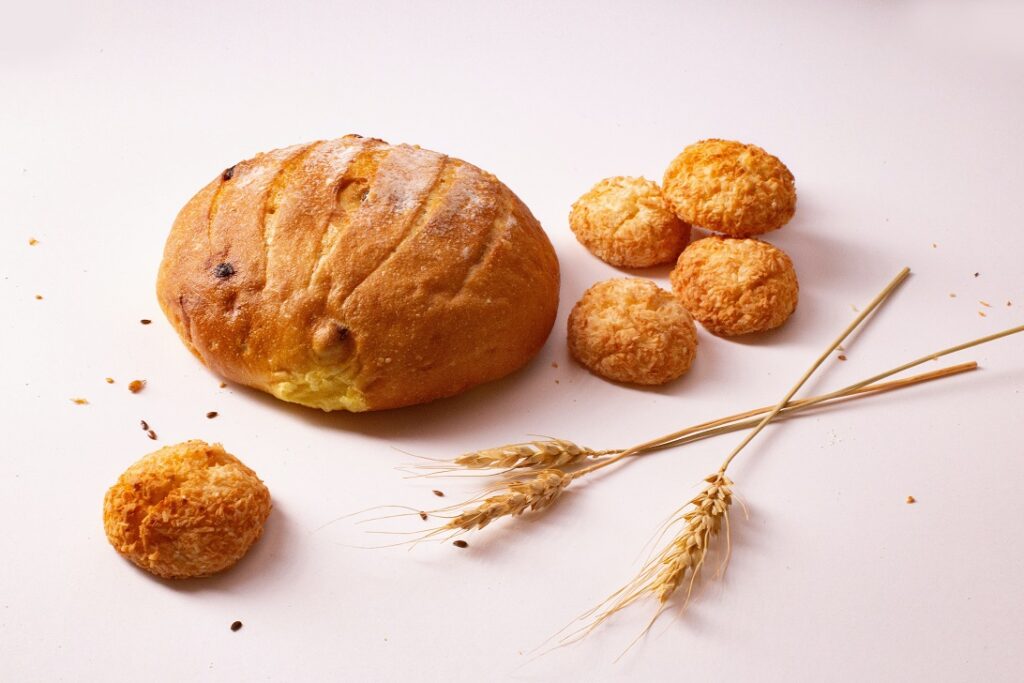
Fermentation takes less time when the weather is hot (7-8 hours). But during winters or cold temperature it takes longer time than required and sometimes keeping overnight is also not just sufficient.
Those who want to go deeper into the whole process of idli making including fermentation can soon look for a separate post.
So, here the tips to make perfect idli batter with quick fermentation in the cooler season. The main difference of temperature exists in winter, other tips should be followed in all seasons.
6 Tips For Perfect Fermentation of Idlis
Do not use contaminated or old to rice and daal. Parboiled rice or Idli rice works best. Split urad daal with husk is best. Avoid dehusked and split urad daal. Black whole urad dal is not good for making idlis.
-
Correct Soaking
Keep the ratio of rice and urad daal (3:1). Soak rice and daal separately as well as grind separately too. We usually make this mistake quite often to save time. However, grinding rice and Dal separately not only increases volume and but also aids in fermentation. Soak the rice in water overnight (preferably 8 hours / at least 4 hours). Soak Urad Dal after washing and draining water to one hour before you start to grind the batter to give volume to the batter when ground.
- You can soak Methi seeds (1.5 tsp) while soaking daal. Fenugreek seeds help to aid fermentation.
- Adding poha (flattened rice) or cooked rice, while grinding also helps for quick fermentation.
- Sabudana too aids in fermentation by helping good bacteria do its work more efficiently.
- Grind rice to a coarse paste such that you should feel the tiny granules. Do not grind the rice to a smooth batter.
-
Use Filtered Water while Grinding
Avoid using chlorinated water for grinding. Instead, use filtered water. Chlorine and fluorine inhibit the growth of wild yeast which is essential for fermentation.
-
Add Salt in Batter before Fermentation
At times, not adding enough salt to the batter after its ground can also be a reason for lack of fermentation. Add 1 tsp for every 1 cup of dry ingredients for idli. Use non-iodized salt or rock Salt (minimally processed). Ordinary Table salt contains other ingredients such as anti-caking agents etc… which may interfere in fermentation.
-
Maintain Warm Temperature
The ideal temperature for fermentation ranges from 25 to 28 °C (77 – 82.4 °F). In case of lower temperature, try remedies to increase temperature.
-
Tips to Make the Correct Consistency of Batter
Maintaining a correct consistency of Idli batter is important as too little and too much water can retard the process of fermentation it is recommended that makes the better using your hands and makes them thoroughly as uneven mixing may retard the process of fermentation.
Immerse the vessel containing the batter in a container of warm water.
- Turn on the light in the oven, and use that to keep the batter warm or pre-heated oven in 90-degree Celsius for 10 minutes and switch off the oven.
- You can also wrap a blanket around the container containing better to keep it warmer.
- Keep the container in a warm place of your house. If you use a room heater, placing the vessel in that room would help in fermentation.
- Avoid Adding Fermentation Retarders
Baking soda, Baking powder and Yogurt may hinder the process of fermentation by inhibits the growth of wild yeast. You can add 1/4 tsp of baking soda or baking powder to the fermented batter. Also, adding 1/2 tsp of ENO plain fruit salt for 1 cups of idli batter makes the idli soft even if it’s not fermented well.
-
Last Resort
- Try adding a fermentation starter like a spoonful of commercially prepared idli batter as they have live culture, it helps for fermentation.
- Add Half tsp of yeast in half cup water and a teaspoon of sugar and then add it to a gallon of batter.
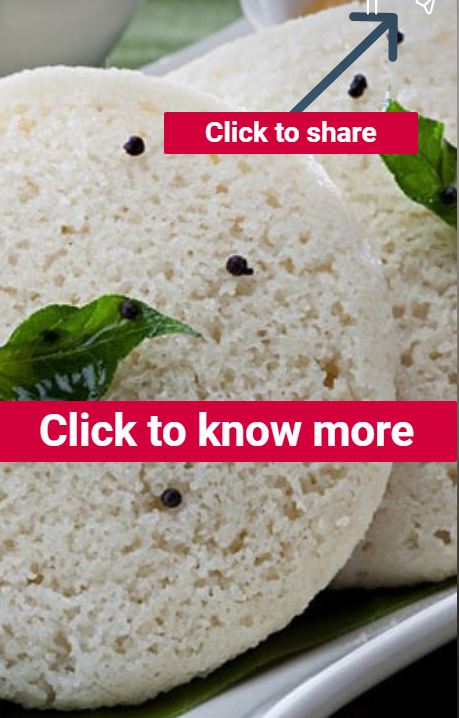
Frequently Asked Questions
Q1. Why Fermentation in Winters take time?
As per observations, maximum production of riboflavin and thiamine during fermentation were found to be 0.76 mg/100 gm and 0.73 mg/100 gm in 3:1 blend ratio of idli batter; and also the folic acid content was found to be at a maximum of 0.75 mg/100 gm of idli batter after 10 h of fermentation.
Q2. What is the acceptable level of fermentation?
Acceptable level of fermentation is when the batter has doubled in volume
Q3. How to store the batter?
Do not keep the batter in airtight container or lid. Instead simply loosely cover it with a plate.
Q4. What is the correct consistency of batter?
Try to mix the batter using our hands, your body heat would boost fermentation. Your ground batter should have the consistency of ketchup, flowy, smooth and velvety in texture.
Q5. Can I use Chlorinated water in Idlis?
Avoid using chlorinated water for grinding. Instead, use filtered water. Chlorine and fluorine inhibit the growth of wild yeast which is essential for fermentation.
Omilights Youtube video on “Quick Fermentaion Tips”
Also Read:
Why Junk food is not good for health?
Recipe of Fast(vrat) Sabudana Khichdi
Role of Science behind idli fermentation
Fruit salt composition and alternative of fruit salt
Amazing benefits of using Baking soda and lemon
Tips of quick fermentation in Winters
